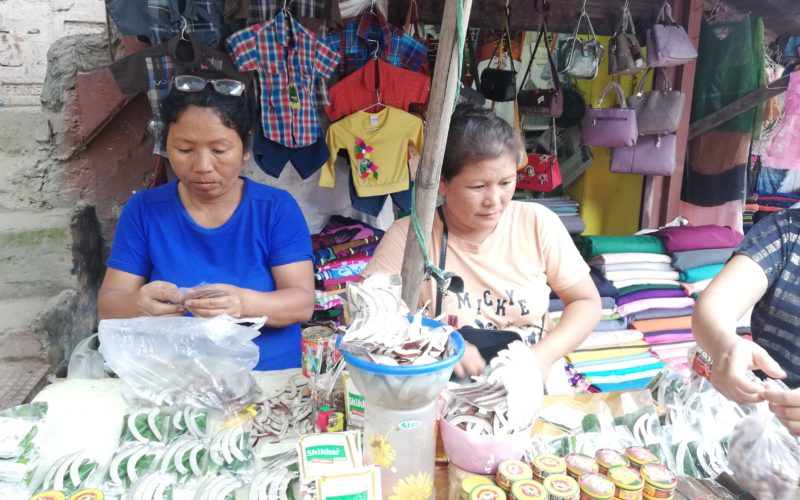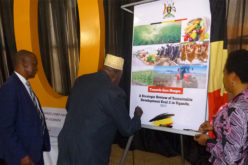by Annapoorna Ravichander, Public Affairs Centre (PAC)
Originally published by onthinktanks.org
Public Affairs Centre (PAC), a think tank based in Bengaluru, India, is engaged in a project with support from Southern Voice. The project “Will women be a part of India’s future Workforce” primarily tries to understand issues that impact Indian women and their decision to participate in the labour force. As a communicator I recently had the opportunity to accompany the research team on a field visit to Coimbatore, a major city in Tamil Nadu, India. My primary role was to gather case studies of women and the community. Though excited, I was also apprehensive. Two things that came to mind were: will I be able to capture what I want? Will I be accepted? Most importantly, as a communicator, would I be able to truly apply my skills? I armed myself with some notes based on our proposal, knowledge on the communities, the industry and the organisation we were visiting. The following 13 points helped me with my tasks.
C is for chatting
Any communication with the communities and people at grassroots level should be two-sided. One needs to converse with people, having a one-sided conversation may result in going off the track and prevent a focussed dialogue. As a communicator, one needs to make the scenario simple, be approachable and let the community know that you are their friend and are not there to probe.
O is for organised
In any communication, it is always good to be organised. Organise your visit to the community, your ideas, know who you are meeting, why you are meeting them and when you are meeting them. A basic understanding of this and a simple organised schedule will not only be fruitful but also help you reach your objectives.
M is for meaningful
Make your exchange meaningful to both you and the people you are meeting with. It is always good to know why your audience would like to meet you and what you want to hear from them.
M is for momentous
A significant amount of information can be gathered if one appreciates each and every discussion, however brief it may be.
U is for understanding
You need to understand the undercurrents, the message you are trying to convey, and what you are hearing. By being understanding, you not only gain the trust of the people you are interacting with, but are also able to elicit important and key information.
N is for natural
Communication should be natural and to the point. Not only should you make the community feel comfortable with your presence, you should also ensure that they are open to sharing information. This can be done only if you are honest and direct.
I is for interesting
Any communication can go quiet if it is boring and not interesting. You can make it interesting by having prior knowledge of the people and the area, and also by wanting to learn and know more.
C is for colourful
A dry and boring approach to any topic can be dull and not help in continuing a conversation. Bringing in a bit of professionalism with some personal touches such as anecdotes can make the communication flow better and the people might be more receptive to you.
A is for appreciative
Appreciating even the simplest aspect makes the environment friendlier. A high-handed attitude or am ‘I know-all’ approach will never help. Being appreciative, supportive and positive are very important to gain the trust of a community.
T is for trusting
In any situation, especially when communicating, a trusting nature always help fill gaps and overcome hesitations of the community.
I is for initiate
An author can suffer writer’s block, and a communicator can suffer a communication block when trying to talk with members of a closed community. As a communicator, you may have to initiate the conversation to break the ice. A simple question about the family or the area can be a good ice-breaker. Likewise, a brief introduction about yourself and your work in the local language can work wonders in breaking the ice.
O is for open
In most cases, being open to situations, ideas and diversity is a great way to communicate. We often go prepared with a particular approach, method or way to speak, but it is important to be willing and able to adapt to different situations.
N is for neutral
Having a neutral rather that a one-sided opinion is always conducive. Forming opinions can stunt a conversation and it is worse if one is opinionated about a topic or during a discussion.
If we follow a version of the described above, it is likely that communication will flow easier.
About the author:
Annapoorna Ravichander is Head of policy engagement and communication at Public Affairs Centre (PAC) in Bengaluru, India, and On Think Tanks Editor at Large for South Asia.
1,073 total views, 2 views today








